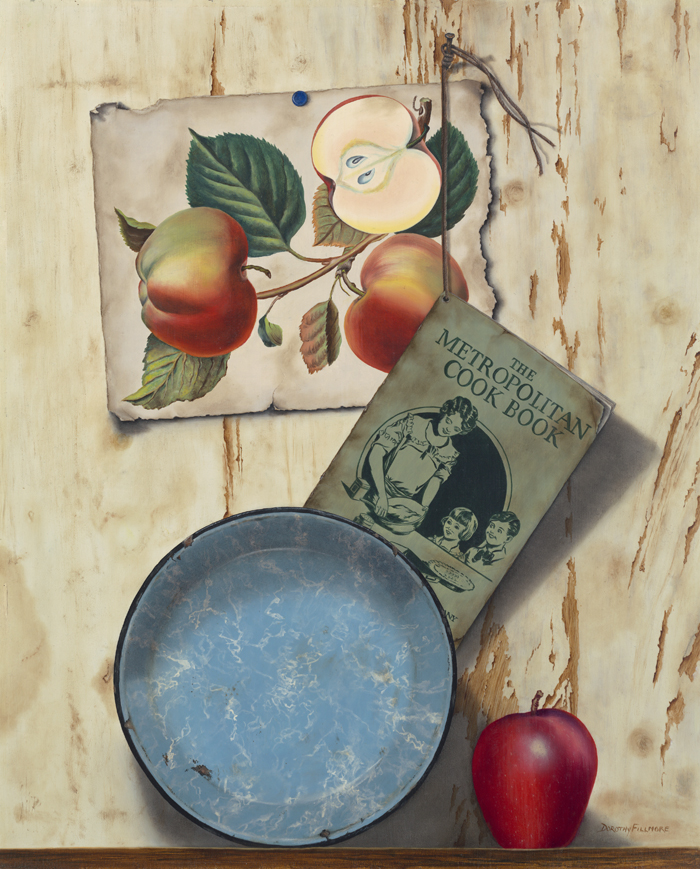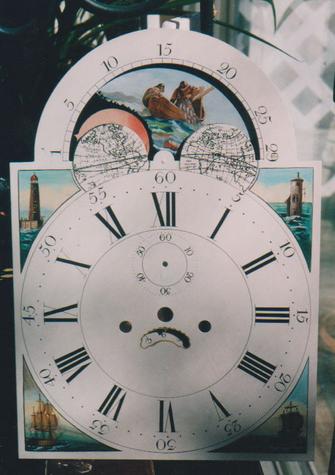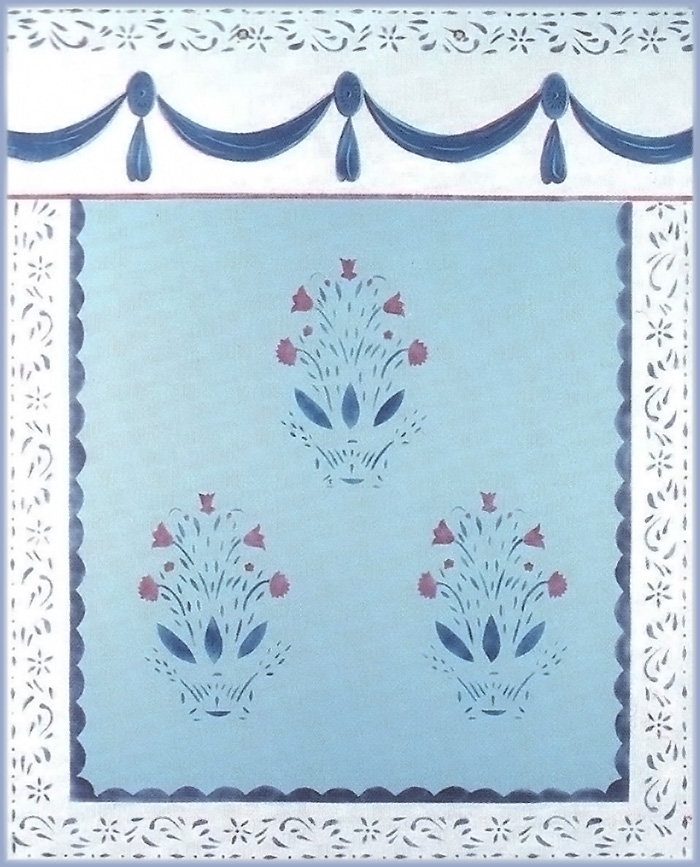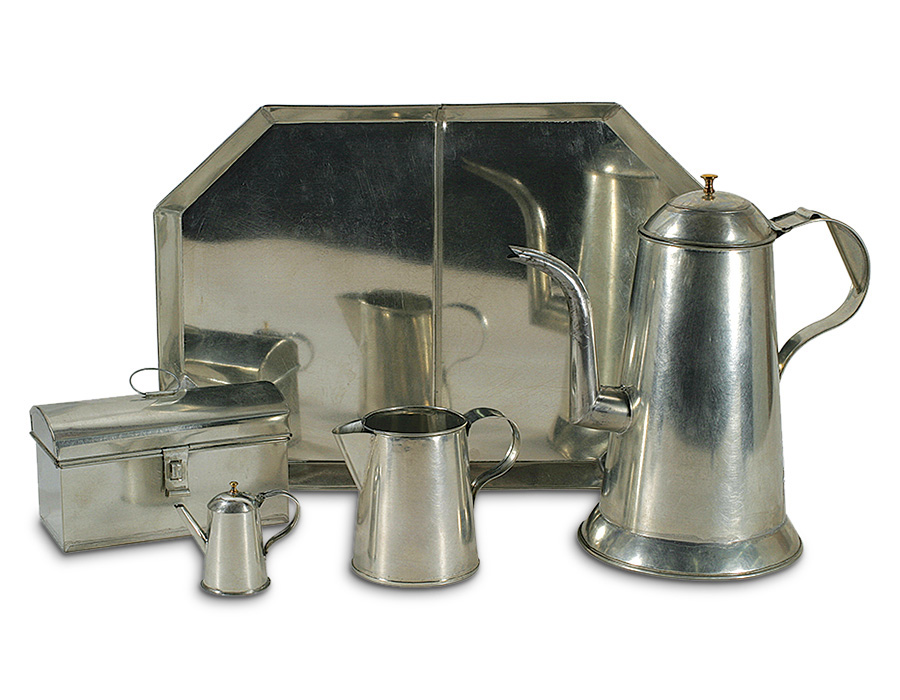
Center for Painted Walls
CPWP is dedicated to the research and preservation of eighteenth and early nineteenth century American paint-decorated plaster walls. Our goal is to survey and document these walls, in situ or in collections, to further the appreciation of this rare and vulnerable art form and serve as a resource for the preservation of painted plaster walls for future generations.
Dorothy Fillmore Studio
As a realist painter, Dorothy specializes in Sharp-Focus Still Life Oil Painting (Trompe l’Oeil). Throughout the entire process of creating still life paintings, she pays meticulous attention to detail, to development of color value, and to a sense of depth created by layers of paints and glazes. This approach to the painted surface closely resembles the chiaroscuro style of early Dutch still life painters.
Dorothy’s portraits are painted in the style of 18th and 19th century American and English portraitists. Clients can choose portraits that are faithful reproductions of antique originals or can commission period-style interpretations painted with a likeness from photographic reference. These are especially fitting for those looking to furnish their period homes with art.


Astrid Donnellan's Clock Painting
Decorated ( hand painted) antique clock dials and glass paintings (1790-1860) need constant attention. Through time, environment and use, they become victims of deterioration and neglect. It is important that they be stabilized and restored to as near original condition as possible to maintain their value. It is equally important to select an artist trained in the proper procedures in treating surfaces of iron, metal and glass and one who has knowledge and experience in the traditional artistic techniques.
Ann Eckert Brown Wall Stenciling Collection
Collection of 60 facsimiles of wall stenciling from American homes and taverns dating to before 1840. Recorded by artist/author Ann Eckert Brown while researching her three books on American architectural decoration, designs were copied directly from walls; she cut stencils from material similar to that used by early artists and stenciled on 32×40″ cards in colorations, layouts and spacing as similar to originals as possible. Each board is designed to represent a section of Colonial or Federal wall stenciling as closely as possible. http://www.anneckertbrown.com/
Recognizing the value of this collection, Roger Williams University included a digital record of it on Artstor, an online repository for teaching, research, restoration and preservation (designs are not to be used for decorating interiors). In addition to images, there is ample information on builders of houses, artists if known, and patterns and stencil techniques used. To access collection on Artstor, click here.


Ray Oxenford—Tinsmith, Woodworker
Ray is an outstanding craftsman who creates not only new work, but also specializes in restoring treasured family heirlooms and other artifacts.
His skills include:
- Creating traditional tinware, using authentic 1700-1800 patterns and designs
- Restoring old tinware
- Making wooden items, including German Brides boxes, salt boxes, candle boxes, bible boxes, Weber style chests, pipe boxes, Shaker boxes
He also does colonial craft show demonstrations on tinsmithing—together Ray and Pat create an early tinshop. The website also features the work of Pat Oxenford who specializes in many forms of tole painting. www.paoxenford.com
